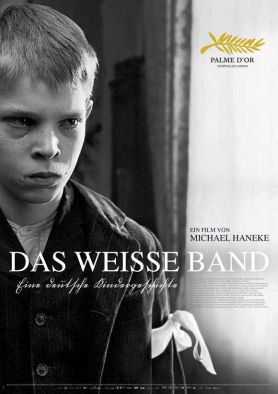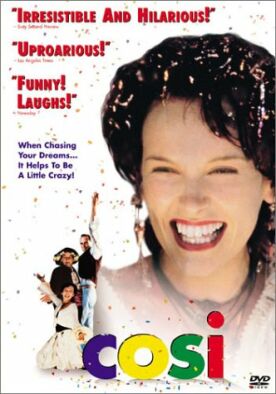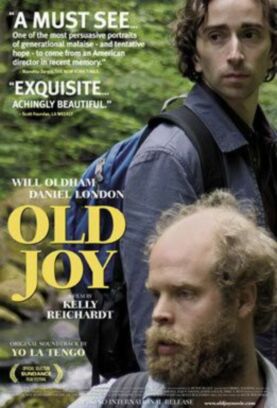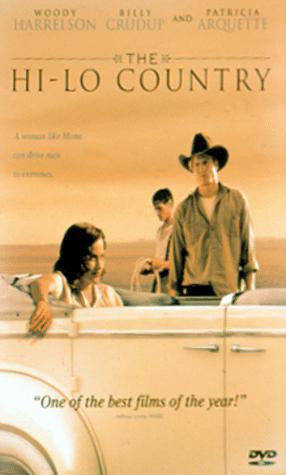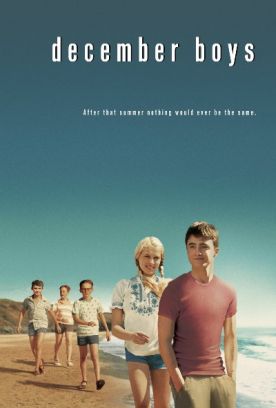White Ribbon, The
Michael Haneke should be seen as the German version of Steven Spielberg: a film-maker of genius whose mind, apart from the film-making part of it, lacks the commensurate originality and resource required for artistic production of the highest sort. In The White Ribbon (Das weiße Band) all his considerable powers are arrayed for no better purpose than the reiteration of one of the 20th century’s most shopworn clichés — albeit one that the movies have never grown tired of repeating. This is the pacifist belief that “violence” can be reverse-engineered out of existence by eliminating “repression” and all forms of physical or even mental discipline in child-rearing. “Those to whom evil is done/Do evil in return” wrote Auden back in the 1930s with Nazi Germany in mind, and Mr Haneke takes the same maxim back a generation earlier, to Wilhelmine Germany on the eve of World War I and a Protestant village plagued by “Youth in Revolt” — only surreptitiously, against the strictness of their parents and teachers.
The film’s subtitle, Eine deutsche Kindergeschichte or a German Children’s Story, suggests an evocation of traditional German culture’s fondness for strict discipline, especially when backed by the austere Protestant religious sensibility that is here represented by the village’s Lutheran pastor (Burghart Klaußner). The pastor’s son, Martin (Leonard Proxauf) is humiliated and punished by his father for masturbation in the film’s paradigmatic example of paternal discipline. Both he and his sister, Klara (Maria-Victoria Dragus) are made to wear in public the white ribbon of shame, and we are meant to understand without its being made explicit that the unexplained series of accidents, vandalism and criminal assaults in the village is their and the other children’s revenge on their elders — a sort of class-action in protest at a world of cruelty visited by the old upon the young, men upon women, the rich upon the poor and the able-bodied upon the disabled.
The date of the film’s setting, 1914, clearly suggests is an indictment of this culture of cruelty (as Mr Haneke sees it) as the cause of the First World War, which then led on, presumably, by the tit-for-tat principle, to the Second and all its horrors. Martin and the other children are thus prototype Nazis presumably driven to their excesses by the too-strict discipline of their parents. Well, it’s a theory. I don’t buy it myself. Sure, violence begets violence. But so does non-violence in the form of weakness and cowardice. In truth, violence is pretty much a given of the human condition and doesn’t need the excuse of “repression” or a tolerance for corporal punishment to be called into existence. Nor is human behavior is so easily manipulated as the pacifist and utopian progressives imagine. Those who are unprepared to resist evil will provoke it as surely as those who do evil themselves. Maybe more surely.
In any case, I’ve heard this theory many times before, especially in the movies where it has become pretty hard to find any other account of the roots of violence and cruelty. David Cronenberg’s History of Violence of 2005 is a particularly striking recent example of the Haneke thesis, and Oliver Stone is now said to be working on a project for Showtime to be called “The Secret History of America” which will be a typically cruder version of it. “Hitler is an easy scapegoat throughout history, and it’s been used cheaply,” Mr Stone has been quoted as saying — as usual, with no apparent sense of his own ridiculousness. The late German dictator is said to be “the product of a series of actions. It’s cause and effect … People in America don’t know the connection between WWI and WWII.” Thus Oliver Stone. Aren’t we lucky, then to have been given a heads-up by a much more accomplished and subtle film-maker than Mr Stone is?
But I would have resented having to sit through yet another propaganda exercise striking the same old familiar note even more than I did if Mr Haneke’s cinematic magic had done a less impressive job of recreating a world now, like Darlin’ Clementine, lost and gone forever. So much about his little German village rings true, so much draws us into the parts of this bleak and monochromatic community that his black-and-white film allows us to see that we can’t help wishing to see the other parts. What might a little joy or happiness have done for it? If only he had allowed into his sinister world a bit more of the variety, cheerfulness, beauty and mystery that surely must have been there, instead of trying so hard to make all his characters prove the same point by turning the film into what even The New York Times reviewer called ” a veritable theme park of patriarchal abuses”! That would have been something worth seeing.
It’s true that, rather daringly, the author does include one sympathetic character, who is the village schoolmaster (Christian Friedel) and who acts as a spokesman for himself and the postwar German sensibility which is also that of the international film culture whose laurels have already been heaped upon the film. There is something almost heartwarming in the story of this character’s courtship of Eva (Leonie Benesch), a pale, pretty girl who comes to the village briefly as governess to the spoiled son of the Baron (Ulrich Tukur) before being unceremoniously (and unjustly) dismissed. But their story is too peripheral to that of the secrets and lies, the guilt, hatred and violence in the midst of which the rest of the village lives to be at all redeeming of it. Ultimately, Michael Haneke looks no higher than Oliver Stone does in his eagerness to give the liberal consensus something to congratulate itself about.
Discover more from James Bowman
Subscribe to get the latest posts to your email.

